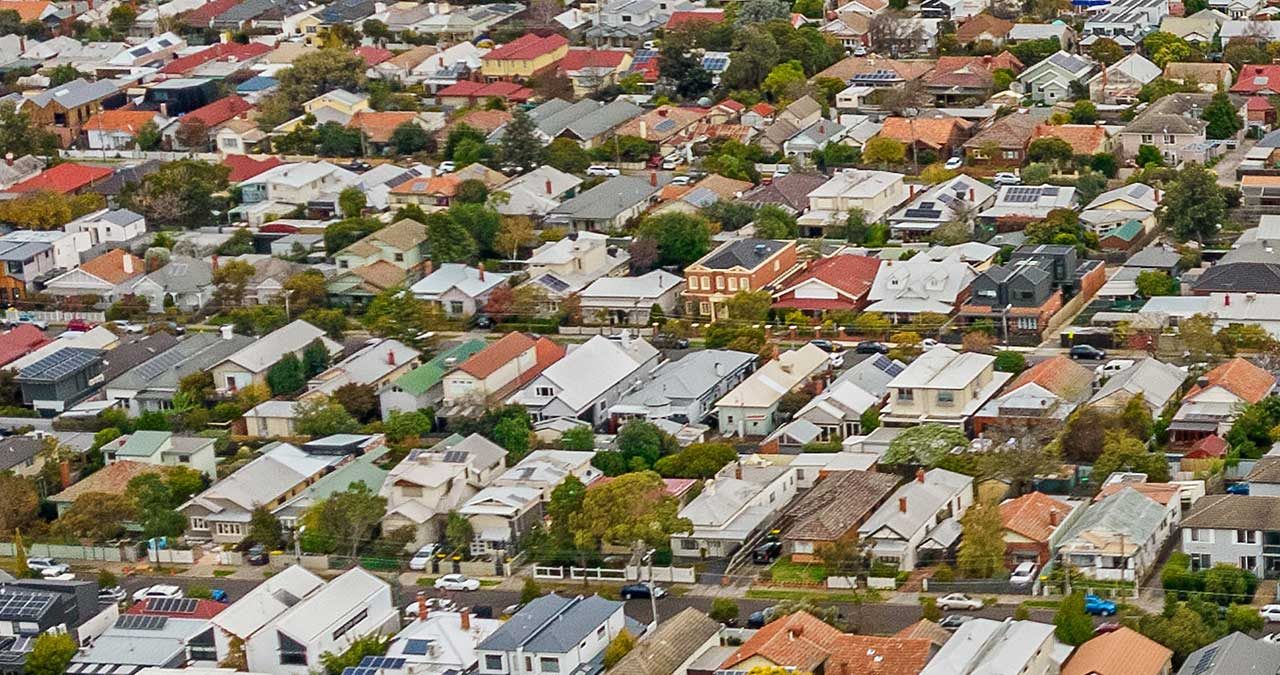This article is from the Australian Property Journal archive
WESTERN Sydney will swelter through twice as many days above 35°C by 2050 and three weeks above 35°C every summer, while Darwin is facing four times as many days over 35°C each year by mid-century – and almost three months of extra days above 35°C by 2050.
New analysis shows on average, Australia’s capital cities will swelter through twice as many days above 35°C by the end of the century if measures taken to halt the march of climate change are not bolstered.
Thousands of data points from CSIRO and the Bureau of Meteorology’s Climate Change in Australia project were analysed by the geospatial team Spatial Vision, who worked alongside the Climate Council to develop a new interactive heat map tool. The map projects the average number of hot and very hot days, as well as very hot nights, for each Australian suburb by 2050 and 2090 under three scenarios: no action taken at all to stop climate change; existing action; or necessary action, in which countries substantially strengthen existing climate change commitments and actions.
The data analysis also found that climate pollution globally now could slash the number of scorching days by an average of 20% across Australian communities.
Amanda McKenzie, Climate Council CEO said all Australians are sweltering through even hotter days and killer heatwaves, whether living in cities or regional towns.
“Australia must keep building out renewable energy to completely phase out pollution from coal, oil and gas and protect our families from unliveable temperatures. If we don’t take further steps now, some neighbourhoods and communities will become so hot people will struggle to live there,” she said.
“It’s not something that’s far off, it’s here now and it will define the coming decades.”
Doctors for the Environment Australia executive director Dr Kate Wylie said extreme heat is “lethal”.
“As well as the risks of heat exhaustion and heat stroke in extreme conditions, we know that heat exposure increases the risks of many serious illnesses, such as heart and respiratory diseases, mental health presentations and premature births.
“Older adults, infants and young children, pregnant women, people with underlying health conditions and those living in vulnerable communities have a heightened risk of illness during heatwaves.”
Urban heat island effect turns up the temperature
The urban heat island effect notably worsens living temperatures in Western Sydney, according to the Climate Council, with materials like asphalt and concrete amplifying heat.
“This can elevate temperatures by as much as 10 degrees during extreme heat, exacerbating climate change and urban development challenges,” it said.
The analysis found that if no action was taken to reduce climate pollution, by 2090, Darwin could experience a whopping 283 days over 35°C each year – an increase of 243 days – and a similar number of nights above 25°C.
“Housing in remote communities in the Northern Territory is often old and badly constructed, with little insulation. Climate change is turning these houses into ‘dangerous hot boxes’ that threaten the health of residents, especially older people and those with existing health conditions,” the Climate Council warned.
Based on existing action to reduce climate pollution, Perth could swelter through twice as many days above 35°C by 2050. In February, Perth set a new record for the number of days over 40°C in a single month, with seven consecutive days of sweltering heat.
Based on existing action to reduce climate pollution, Melbourne residents face double the number of days above 35°C by 2050, which could threaten its hosting of major sporting events such as the Australian Open.
Canberra residents also face twice as many days above 35°C by 2050, based on the existing action, while Brisbane would sweat through three times as many days above 35°C by 2050 and four times as many by 2090. Extreme heat is already critically endangering flying fox populations.
Adelaide faces an extra week of days above 35°C by mid-century, while grape ripening in South Australia’s famous wine regions such as the Barossa Valley.
Meanwhile, by mid-century the extreme temperatures Hobart experienced over the 2019-20 summer could become the norm.




